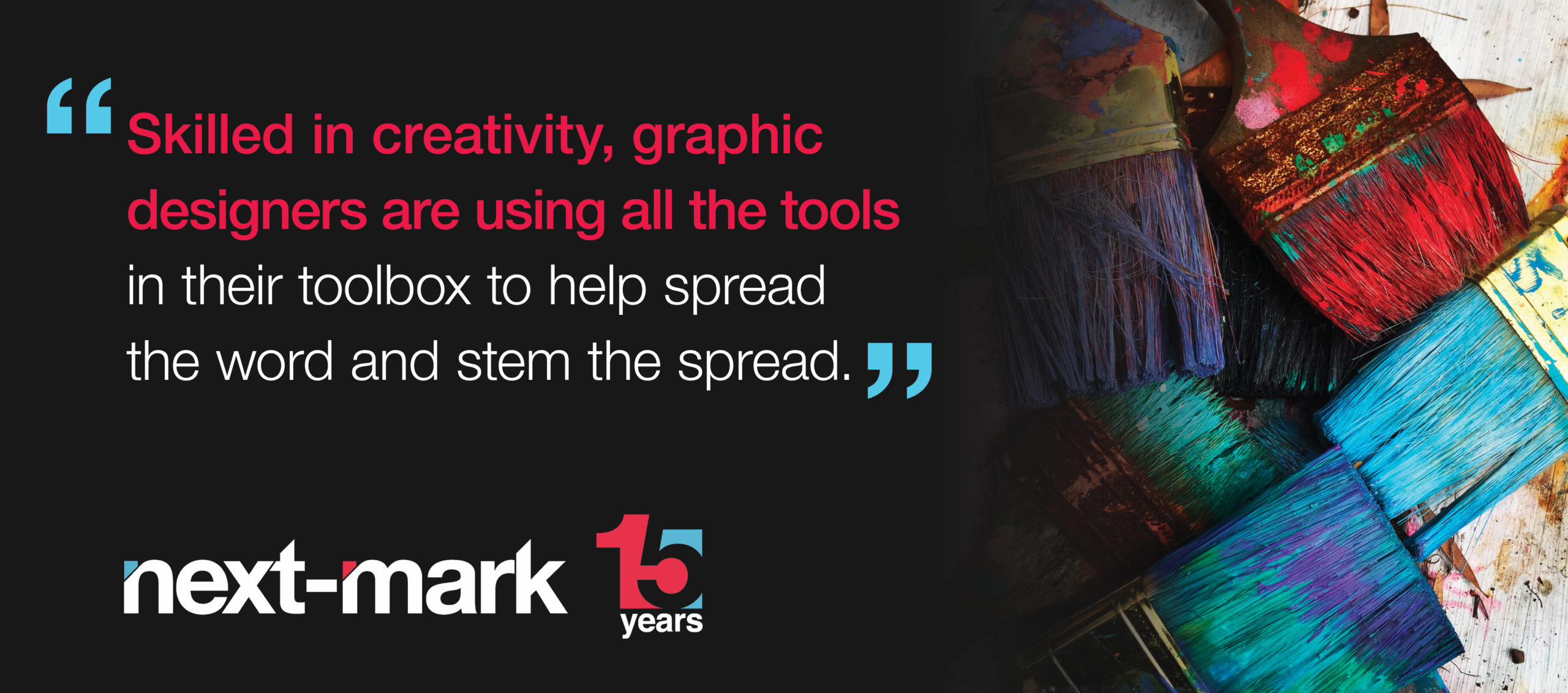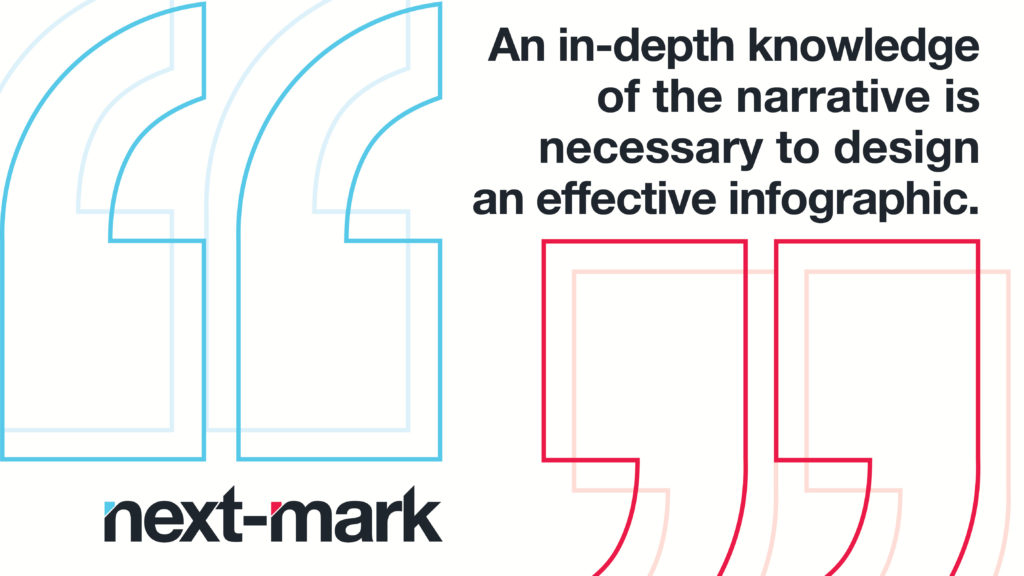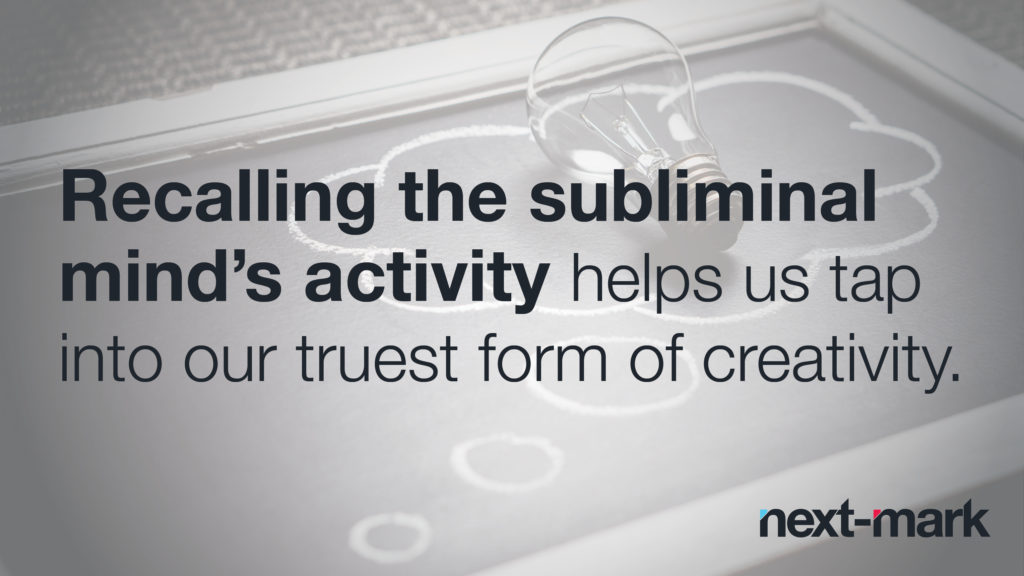
When a disaster happens, the first reaction for many is “how can I help?” That certainly has proven true during the current pandemic, with people drawing on their individual talents to contribute to the greater good.
Among these altruists are graphic designers, using their skills and insights in creative arts to boost awareness and promote safety measures.
In the United Kingdom, according to Design Week, this effort has included simple, yet effective, door drops and “post cards” that can be slipped through mail slots. Designed to reach the isolated elderly, these pre-designed slips show the volunteer’s name and the services they would be available to do. The missives also include reminders regarding social distancing, hand washing and other precautions.
Skilled in attention-getting, graphic designers are using all the tools in their toolbox to help spread the word and stem the spread.
As noted by artist Juan Delcan in Dezeen, “. . . we artists can help by creating something useful that can make a difference . . . Through powerful and telegraphic images, we can convey the sense of being responsible in a global crisis.” Using strong visuals, animations and even humor, artists worldwide reportedly are seeking to educate, promote unity break the chain of COVID-19.
And their efforts are being acknowledged and encouraged.
As We-heart.com reports, in acknowledgement that visual communication can elicit an emotional response that drives social behaviors, the United Nations (UN) and World Health Organization have called on creatives around the world to help stop the spread of misinformation, promote public health precautions and act in solidarity.
The UN believes creatives have “the power to change the world” and has implored the global design community to translate “critical public health messages into work that will engage and inform people across different cultures, languages, communities and platforms.” It also stated that visual imagery has been especially important in reaching the more disadvantaged parts of society, including the illiterate and marginalized.
As a result of this initiative and independent efforts, graphic designers and illustrators have created powerful images, animations, visual representations of symptoms and comic representations of self-quarantine to drive action.
Academia also is actively involved. For instance, at Eastern Connecticut State University, students in the Graphic Design History class have created digital artwork to spread awareness about how to stay safe during the COVID-19 outbreak. Instructor Yulia Tikhonova instigated the project, which supports her belief that the job of artists is to be the emotional “first boots on the ground.”
In the face of COVID-19, she noted: “Academic galleries nationwide are sharing the power of art to inspire and console.”
The stories and the artistry continue.
For those wishing to see the level of creativity the pandemic has generated, we recommend a visit to the Viral Art Project, a depository for posters designed to raise awareness of virus-related challenges and promote unified action, commitment and cooperation.
They’re inspiring. And uplifting. And proof that we’re all powerful in our own ways.
We hope you enjoy them, heed their advice and stay safe.


